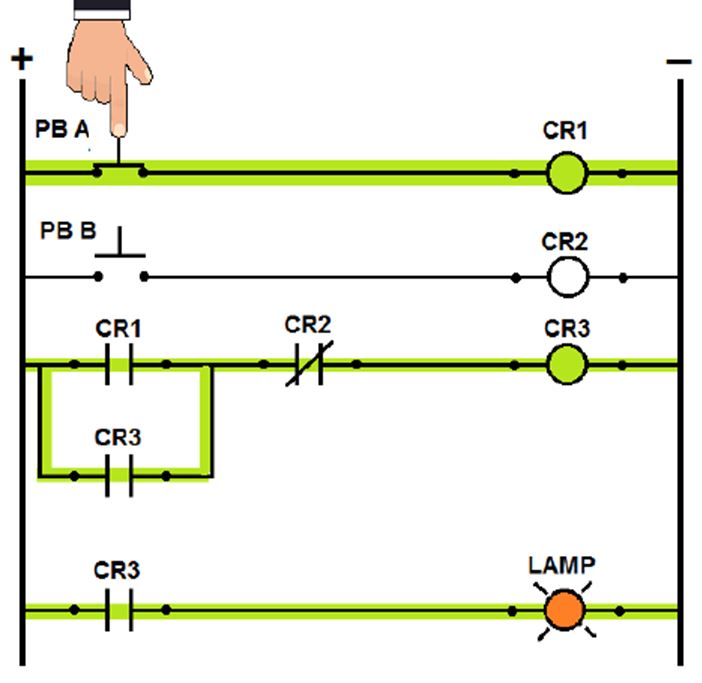See The Video Here
If you’ve worked around industrial automation, you’ve likely heard the term PLC. Short for Programmable Logic Controller, a PLC is a durable, digital computing device at the core of many automated systems. These controllers are essential for taking in signals, making decisions based on programmed instructions, and sending out signals to control machinery. In other words, PLCs are the “brains” behind automated equipment, allowing manufacturers to customize their systems for precision and efficiency.

A Closer Look at PLCs—and How They Differ from Other Controllers
When discussing programmable devices, you may also come across PACs (Programmable Automation Controllers) and IPCs (Industrial Personal Computers). While these devices perform similar functions—processing inputs, following programmed instructions, and managing outputs—each type has specific strengths:
- PACs: These are advanced versions of PLCs, with more features and processing power. However, as PLC technology evolves, distinguishing between a PLC and a PAC can be challenging since each generation brings new capabilities to PLCs.
- IPCs: Unlike PLCs, IPCs operate on systems like Windows or Linux, giving them flexibility to run various software applications. You might see an IPC controlling machinery while simultaneously providing a Human-Machine Interface (HMI) on a touchscreen for visualization.
For this blog series, our focus will be primarily on PLCs due to their versatility and widespread use in industrial settings.
The Roots of PLCs: From Relay Logic to Programmable Systems
Before PLCs became standard, controls relied on hardwired relay logic. In those days, control panels were packed with switches and relays. Relay logic implemented simple control sequences by wiring relays in specific configurations to create logic circuits.
This setup, though effective, required extensive wiring and limited flexibility. Each change in the process meant a time-consuming reconfiguration.

The Rise of PLCs in Industrial Control
In 1968, the PLC was invented, revolutionizing control systems by replacing hardwired relay logic with software-based, programmable logic. This innovation made it possible to reconfigure processes quickly, using programming instead of rewiring.

Why Use a PLC? Key Advantages
Today, PLCs are essential in industrial control, thanks to their:
- Cost-effectiveness: Ideal for complex systems, PLCs reduce the cost and time involved in setting up and maintaining hardwired relays.
- Flexibility: Easily reprogrammed for different applications, which allows quick adaptation to new processes.
- Sophistication: PLCs enable advanced control that would be challenging with traditional relay logic.
- Troubleshooting capabilities: PLCs often come with built-in diagnostic tools, making maintenance simpler and minimizing downtime.
- Reliability: Designed for tough industrial environments, PLCs can withstand temperature variations, vibration, and electrical noise.
PLC Programming: The Role of Ladder Logic
One of the most popular programming languages for PLCs is Ladder Logic, named for its resemblance to electrical schematics. This visual language allows technicians to program and troubleshoot PLCs with ease by drawing connections in a way similar to how they would wire a relay-based system.

Looking Ahead
In this blog series, about PLC basics, we’ll explore PLCs in greater detail, breaking down the PLC system into its essential components and talk about inputs and outputs. There will also be some discussion of basic programming concepts that are required for anyone who works with PLCs. Whether you’re just starting or want to sharpen your existing skills, these posts will provide valuable insights into the world of PLCs and how they keep our industries moving efficiently.
If you are really interested in PLC fundamentals then you might want to take a look at this course on Udemy called the Pre PLC Programming Course. In my opinion, this course teaches what you absolutely need to know before you click on the PLC software and attempt to understand the programming. It is not geared toward any particular brand of PLC our programming software. The fundamentals are relevant to all types of PLCs.
Up Next – PLC Basics: The Parts of a Basic PLC System